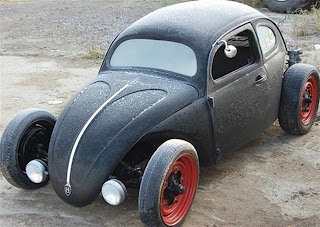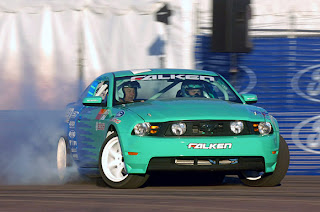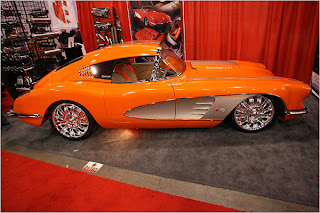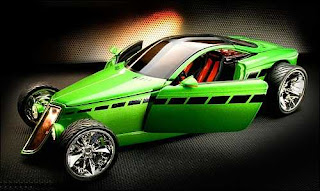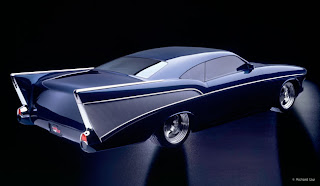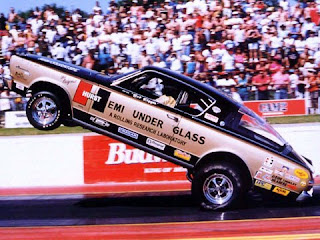
Hurst Hemi Under Glass is the name given to a series of exhibition drag racing cars campaigned by Hurst Performance between 1965 and 1975.
Each wheelstander was based on the current Plymouth Barracuda for the corresponding model year. The car was so named because the fuel injected Chrysler Hemi engine was placed under the Barracuda's exceptionally large rear window. The result of the rearward weight transfer was a "wheelie" down the length of the drag strip.
The Hemi Under Glass was developed by Hurst Corporation with assistance from wheelstanding exhibition racer Wild Bill Shrewsberry and was driven by Bob Riggle. Popular model kits of the car were produced in 1/32 scale by Aurora Plastics Corporation and in 1/25 scale by Model Products Corporation. A limited edition 1/18 scale diecast model of the 1966 car is currently available from Highway 61.
 Riggle returned to exhibition racing in 1992 with a replica of the 1968 car. The original 1965 car is still owned by Bill Shrewsberry and is in storage in Southern California.
Riggle returned to exhibition racing in 1992 with a replica of the 1968 car. The original 1965 car is still owned by Bill Shrewsberry and is in storage in Southern California.

